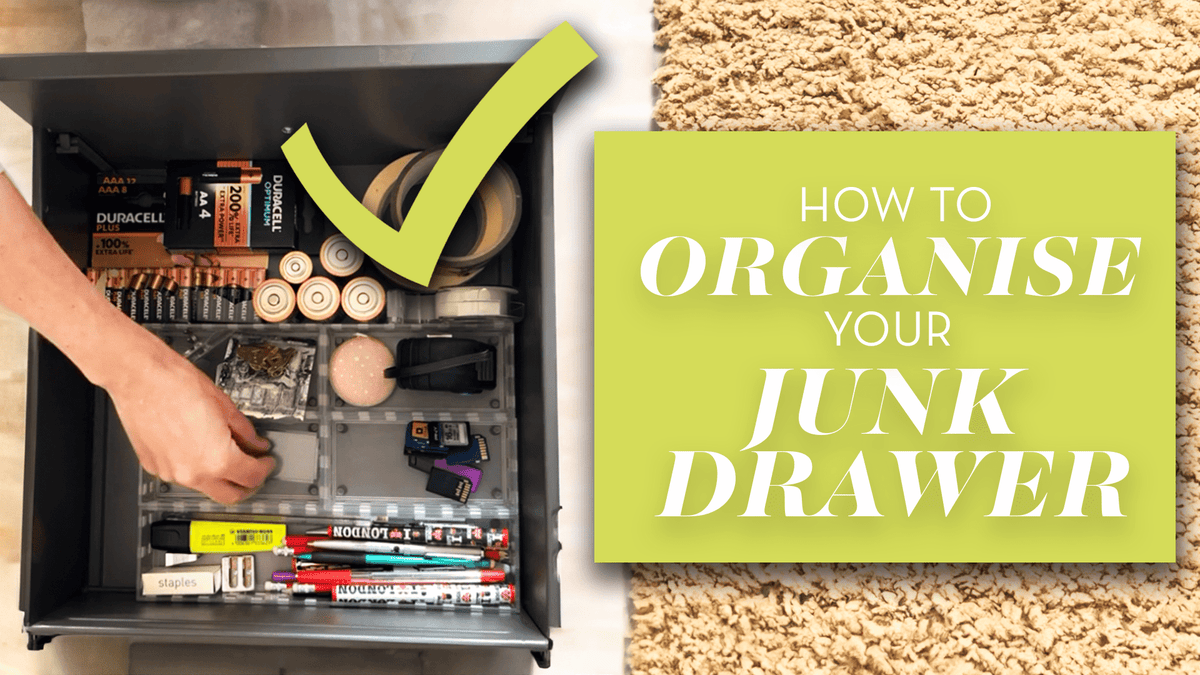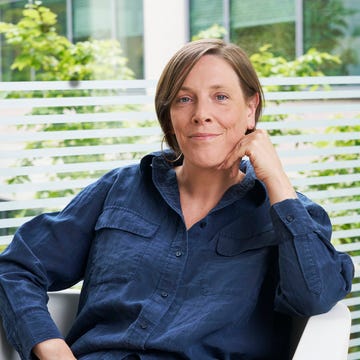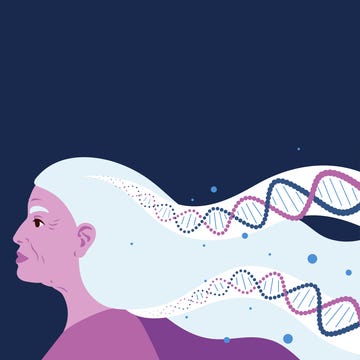If you’ve never heard of fibroids, you’re far from alone. Dubbed the ‘silent epidemic’ by experts, these growths affect millions of women but often go undiagnosed and are rarely talked about, despite the fact that they can cause serious health problems. The singer Beverley Knight recently spoke about having to take a break from work after being diagnosed with fibroids – and celebrities such as Sharon Stone, Bethenny Frankel and FKA Twigs have also spoken out about their diagnoses.
So what are fibroids?
‘Fibroids are growths of muscle and fibrous tissue in the womb,’ says obstetrician and gynaecologist Dr Michelle Griffin, director of MFG Health Consulting and clinical leader in the NHS, Public Health England and the World Health Organisation. ‘They’re not cancerous but they can cause significant symptoms and health conditions, such as miscarriage and infertility.’
Fibroids vary in size, from as small as a seed to as large as a melon. They’re not always cause for alarm, and two out of three women with fibroids will have no symptoms. But for the rest, fibroids can cause a depressing array of symptoms, such as pelvic pain, very heavy periods, painful periods, difficulty opening bowels and infertility. ‘Women can develop them at any age, but the most common time is in their 40s and 50s,’ says Michelle. ‘They can be a significant cause of heavy or painful periods, in addition to the hormone changes of perimenopause causing the same problems.
"We don’t full understand yet why fibroids develop and why certain people (especially women of colour and women in their midlife) are more prone to developing them - however we know that it is likely a genetic element since many women in the same family will have fibroids and suffer from them."
There are several different types of fibroids depending on their position in the womb. "The womb is made up of different layers," explains Michelle. "The middle layer is the the thick muscle wall. Fibroids inside the muscle wall are intramural; subserosal ones grow nearer the outside wall of the uterus; and submucosal ones appear nearer the centre of the uterus where a baby grows."
While no type is more dangerous than another, they can each cause different symptoms. Subserosal fibroids, for example, are more likely to cause problems with fertility and pregnancy. "It is important to note that women will often have more than one fibroids; they will be all different sizes and across different locations," says Michelle.
What are the symptoms to look out for?
The most common symptom is heavy and painful periods. "Outside of your period, they can also cause lower abdominal, pelvic and back pain, often felt as a constant, dull ache," says Michelle.
Larger fibroids put pressure on other organs, which can lead to more frequent peeing, constipation and pain during sex. Some women may also experience bloating. "Many women don’t know they have fibroids and they feel these symptoms are ‘normal’ for them," says Michelle. All too often, fibroids are only discovered by accident, during treatment for infertility or miscarriage.
What are the treatment options?
Fibroids are fed by the hormones oestrogen and progesterone, says Michelle, so one course of treatment is medication which blocks or reduces the level of these hormones. Alternatively, fibroids can be removed surgically, either removing only the fibroid or removing the whole womb ( a hysterectomy). For some women with heay periods, the contraceptive pill can help.
Then there are surgical options. According to the NHS, a hysterectomy may be recommended if you have large fibroids and you don't want to have any more children. If you do want to have children, then myomectomy - surgery to remove the fibroids from the wall of your womb - might be considered as an alternative. There are also less invasive options available to remove some types of fibroids - the NHS website has more information.
“Ultimately the type of treatment depends on the number, size, location and most importantly the symptoms a woman is experiencing," says Michelle. "So it is key women are aware of what to look out for, and track their symptoms so they can receive the best treatment.”













